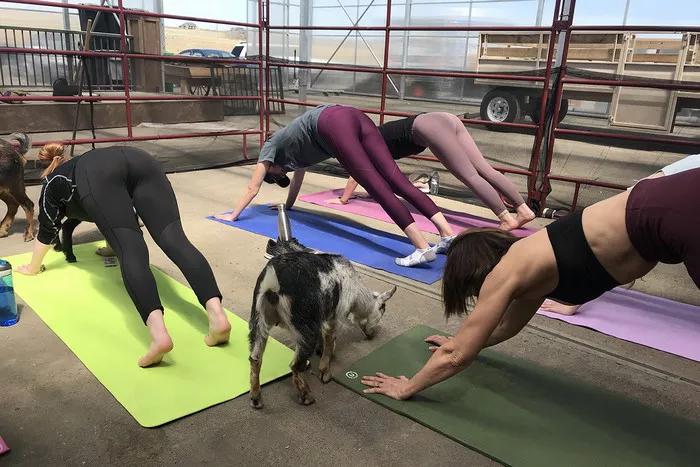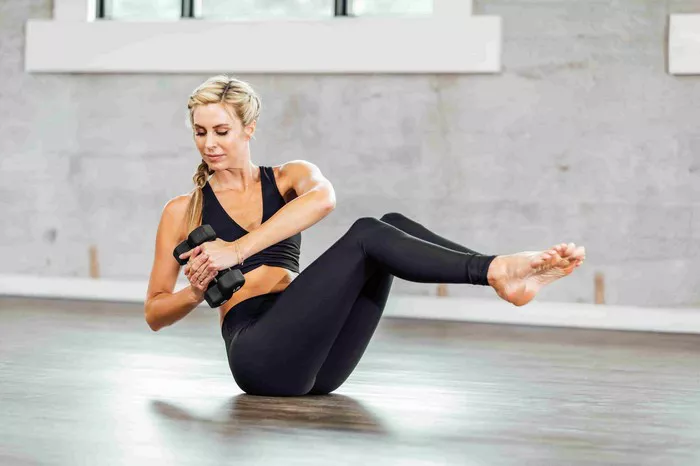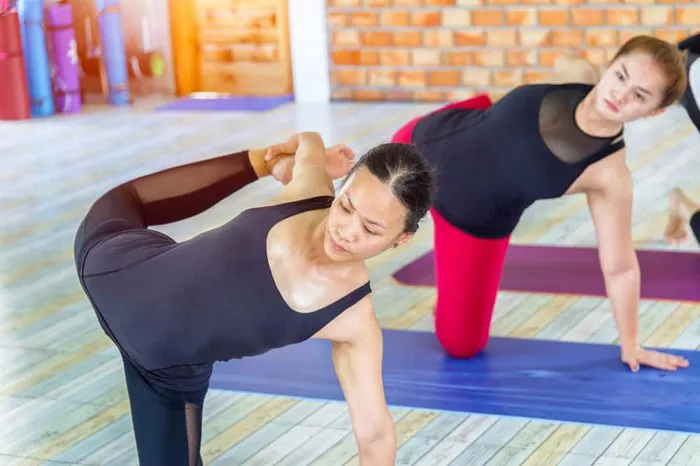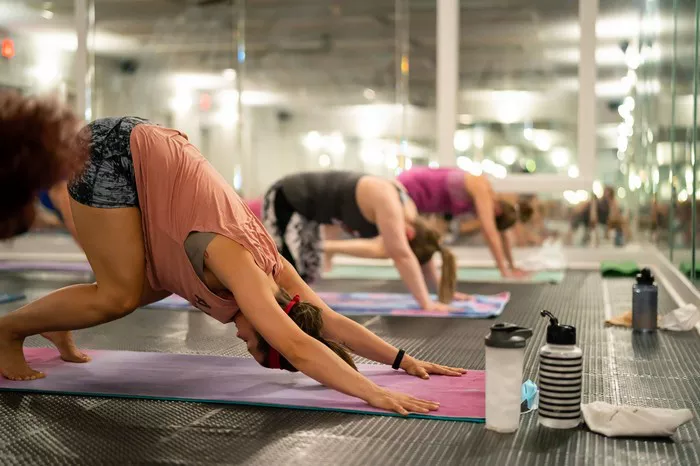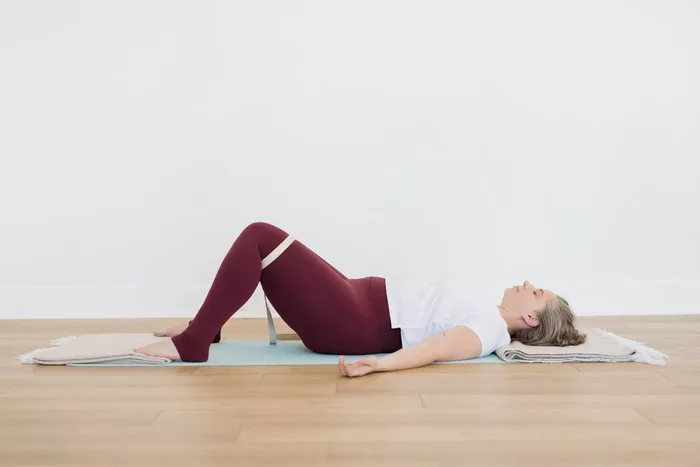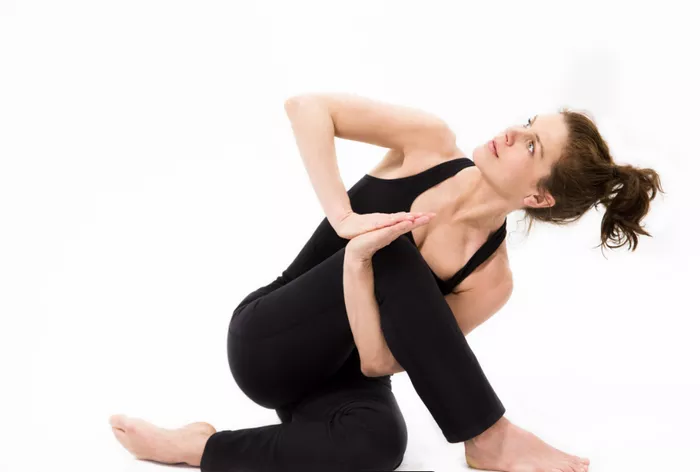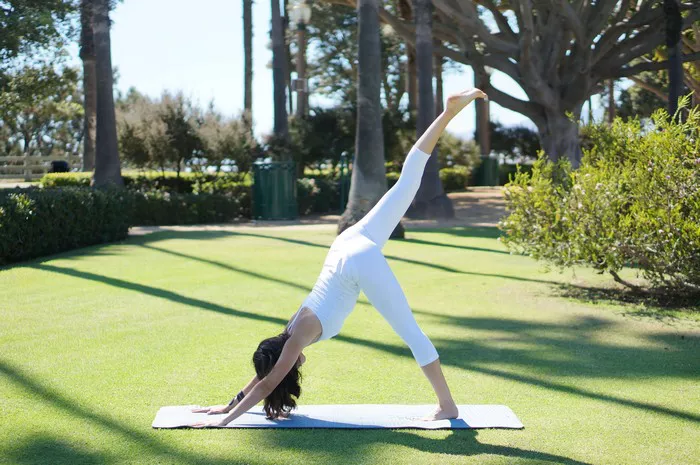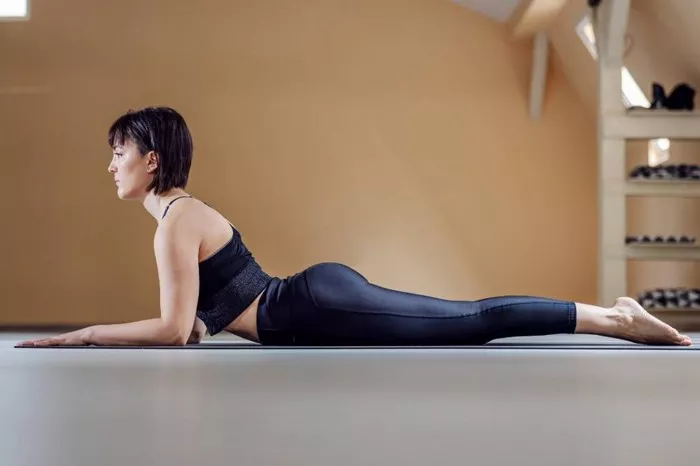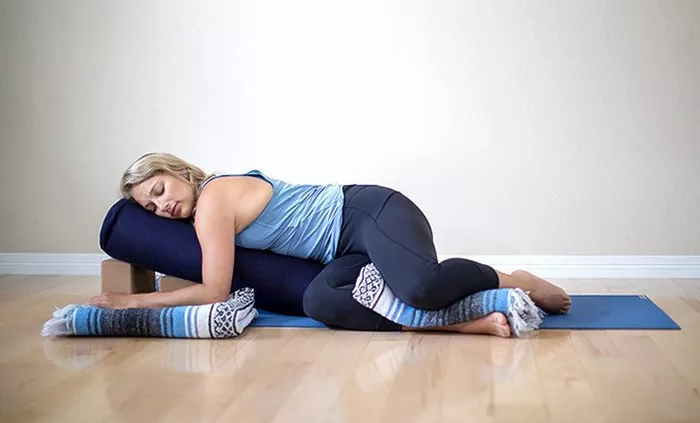Yoga, a comprehensive system of physical, mental, and spiritual practices, has its roots in ancient India. Through centuries, it has evolved and adapted to modern times while retaining its core principles. Among the most influential teachers of yoga in the 20th century was Swami Sivananda, a revered sage and spiritual leader, who greatly contributed to spreading yoga worldwide.
Swami Sivananda developed a structured approach to yoga, which he believed could help individuals achieve holistic well-being. He formulated what are known as the “Five Principles of Yoga.” These principles serve as a foundation for anyone looking to live a more balanced, peaceful, and fulfilling life. The Five Principles are:
- Proper Exercise (Asanas)
- Proper Breathing (Pranayama)
- Proper Relaxation (Savasana)
- Proper Diet (Ahara)
- Positive Thinking and Meditation (Vedanta and Dhyana)
Each of these principles is interconnected, forming a holistic framework that helps one progress on the yogic path. In this article, we will dive deeper into each of the five principles, explore their significance, and understand how they can transform one’s life.
1. Proper Exercise (Asanas)
The first principle of yoga, proper exercise, refers to the practice of Asanas, or yoga poses. Asanas are specific physical postures designed to promote flexibility, strength, and balance. The physical practice of yoga not only improves the body but also helps harmonize the mind and spirit.
Swami Sivananda emphasized the importance of performing asanas regularly and mindfully. Unlike traditional exercises, yoga poses are designed to align the body with the breath, creating a deep connection between the two. This practice ensures that yoga is not only a physical activity but also a meditative one.
Key Benefits of Asanas:
Flexibility and Strength: Yoga postures stretch and tone the muscles, ligaments, and joints, enhancing flexibility. Over time, they build strength in various parts of the body.
Improved Posture: Practicing yoga helps in aligning the spine and improving posture, which reduces the risk of back and neck pain.
Mental Clarity and Focus: The act of holding postures and focusing on breath during asana practice calms the mind, promoting mental clarity and emotional balance.
Detoxification: Many asanas, such as twists and inversions, stimulate the organs and help with detoxification, improving overall health.
Sivananda’s teachings on asanas stress the importance of regular practice, starting with basic postures and gradually advancing as the body becomes more accustomed to the movements. Each asana should be performed with awareness and concentration, aiming for a sense of inner peace rather than achieving perfection in the posture.
2. Proper Breathing (Pranayama)
The second principle of Sivananda Yoga is proper breathing, which is often referred to as Pranayama. In Sanskrit, “Prana” means life force, and “Yama” means control. Therefore, Pranayama refers to the practice of controlling the breath to harness and direct the flow of vital energy in the body.
Breathing is an automatic function that most people overlook in their daily lives. However, in yoga, it is considered a powerful tool for regulating the body’s energy, calming the mind, and enhancing overall health.
Swami Sivananda taught that proper breathing should be deep, slow, and conscious. Shallow and irregular breathing can lead to stress, anxiety, and physical discomfort. By learning to breathe properly, one can boost vitality, improve mental clarity, and promote relaxation.
Key Techniques of Pranayama:
Nadi Shodhana (Alternate Nostril Breathing): This technique helps purify the energy channels in the body and calms the mind, fostering mental clarity.
Kapalbhati (Skull Shining Breath): A rapid breathing technique that helps detoxify the body and energize the mind.
Bhastrika (Bellows Breath): This technique involves forceful inhalation and exhalation to increase the flow of oxygen to the brain and improve concentration.
Ujjayi (Victorious Breath): This is a slow, deep breathing technique with a slight constriction in the throat, often used during asana practice to maintain focus and energy flow.
The practice of Pranayama goes beyond the physical act of breathing; it helps harmonize the mind and body, increases self-awareness, and provides a gateway to deeper states of meditation.
3. Proper Relaxation (Savasana)
The third principle is proper relaxation, which Swami Sivananda emphasized as a crucial aspect of the yogic path. Relaxation in yoga is more than just lying down; it is a state of complete physical, mental, and emotional release.
Savasana, also known as the corpse pose, is one of the most important asanas for relaxation. In this posture, the body lies flat on the back with the arms at the sides, and the practitioner focuses on letting go of tension in every part of the body. While this might seem like a passive posture, it is actually one of the most effective ways to calm the mind and rejuvenate the body.
In modern life, stress and fatigue are common, and people often overlook the need for proper relaxation. Swami Sivananda understood that to achieve inner peace, the mind and body must be given time to rest and recharge.
Key Benefits of Proper Relaxation:
Restoration of Energy: Deep relaxation promotes healing, reduces fatigue, and restores energy to the body and mind.
Mental Clarity: When the body is relaxed, the mind also quiets, leading to improved concentration and focus.
Stress Reduction: Regular relaxation practices help lower stress levels, reduce anxiety, and improve overall emotional well-being.
Better Sleep: Proper relaxation techniques encourage restful sleep, which is essential for physical and mental health.
By incorporating proper relaxation into daily practice, individuals can cultivate a sense of calm and balance, making it easier to navigate the demands of life.
4. Proper Diet (Ahara)
The fourth principle is proper diet, known in Sanskrit as Ahara. According to Swami Sivananda, food is not just nourishment for the body; it plays a significant role in shaping our thoughts and emotions. He believed that a balanced and healthy diet is vital for maintaining a clear mind and vibrant health.
The yogic approach to diet is based on the understanding that the body is a temple, and what we consume affects both our physical and mental well-being. Swami Sivananda recommended a vegetarian diet, as it is thought to be pure, light, and conducive to spiritual practices. He also emphasized the importance of eating fresh, natural foods and avoiding processed or unhealthy options.
Key Principles of a Yogic Diet:
Sattvic Foods: These are pure, clean, and wholesome foods that promote mental clarity, calmness, and a peaceful mind. Examples include fruits, vegetables, whole grains, nuts, and seeds.
Moderation: The principle of moderation in eating is crucial. Overeating or under-eating disrupts the body’s natural balance and can lead to discomfort or ill health.
Timely Meals: Yoga also encourages eating at regular intervals, avoiding late-night meals, and ensuring that food is consumed mindfully.
Avoid Stimulants: Sivananda advised against consuming stimulants such as caffeine, alcohol, or overly spicy foods, as they can disturb the mind and body.
By following a balanced diet, one can maintain a healthy body and mind, which is essential for deeper practices of yoga and meditation.
5. Positive Thinking and Meditation (Vedanta and Dhyana)
The fifth and final principle is positive thinking and meditation. This principle is about cultivating a mindset that fosters peace, happiness, and spiritual growth. Swami Sivananda taught that the mind is the source of both suffering and joy. If one can learn to control the mind and develop positive thoughts, they can transform their life and experience lasting peace.
Positive thinking involves replacing negative thoughts with constructive and optimistic ones. It is about looking for solutions rather than dwelling on problems, and it forms the foundation for a peaceful, joyful life.
Meditation (or Dhyana) is the practice of focusing the mind on a single point of concentration. Through regular meditation, one can attain mental clarity, reduce stress, and experience inner tranquility. Meditation also plays a significant role in spiritual growth, helping practitioners connect with their true self and with the divine.
Key Benefits of Positive Thinking and Meditation:
Mental Peace: Positive thinking and meditation reduce stress, anxiety, and negative emotions, fostering a calm and peaceful mind.
Increased Focus: Regular meditation improves concentration, mental clarity, and mindfulness, helping individuals achieve their goals more efficiently.
Self-Awareness: Meditation encourages self-reflection, leading to greater self-awareness and a deeper understanding of one’s true nature.
Emotional Balance: Positive thinking and meditation help individuals respond to life’s challenges with equanimity, rather than reacting with anger or fear.
Swami Sivananda’s teachings on positive thinking and meditation emphasize that the key to happiness lies within the mind. By cultivating a positive attitude and committing to a regular meditation practice, one can achieve lasting peace and spiritual growth.
Conclusion
The Five Principles of Yoga by Swami Sivananda provide a holistic framework for achieving physical, mental, and spiritual well-being. These principles—proper exercise (asanas), proper breathing (pranayama), proper relaxation (savasana), proper diet (ahara), and positive thinking and meditation—are interdependent and work together to promote a balanced and harmonious life.
By integrating these principles into daily life, individuals can experience improved health, mental clarity, and spiritual fulfillment. Yoga, as taught by Swami Sivananda, is a way of life that goes beyond the physical practice on the mat. It offers a path to peace, joy, and self-realization that is accessible to everyone, regardless of age or experience.
As you embark on your own yogic journey, remember to approach these principles with patience, consistency, and a compassionate heart. The transformative power of yoga lies not just in the poses or the breath, but in the holistic integration of body, mind, and spirit that leads to a more conscious and fulfilling life.
Related topics

